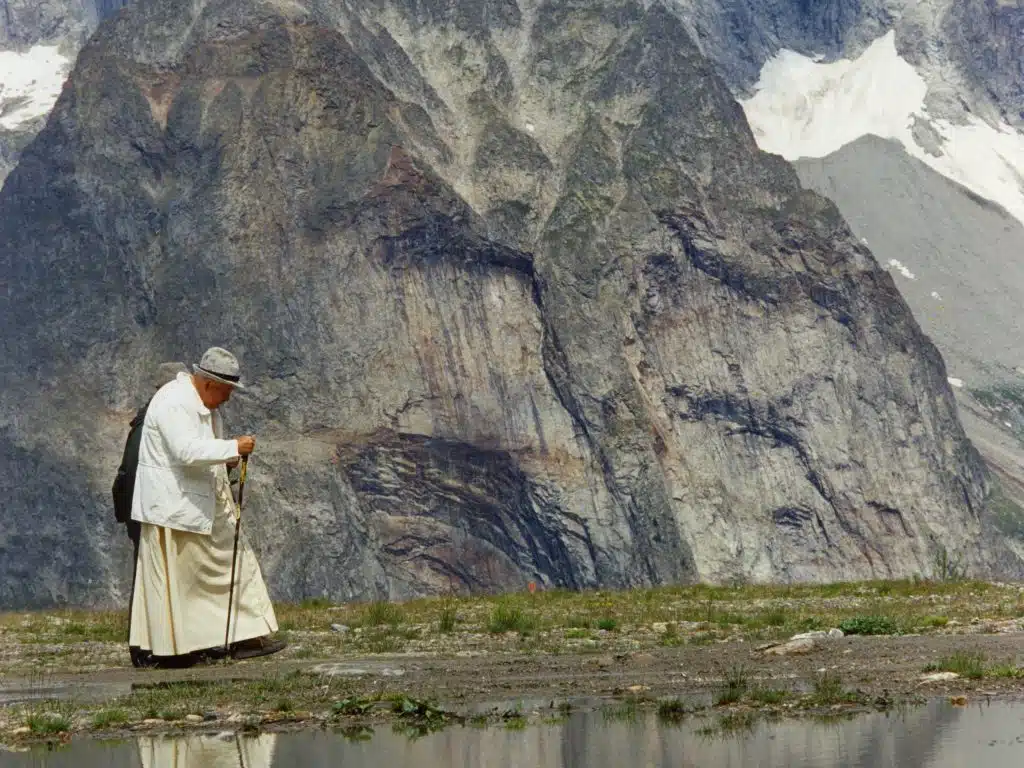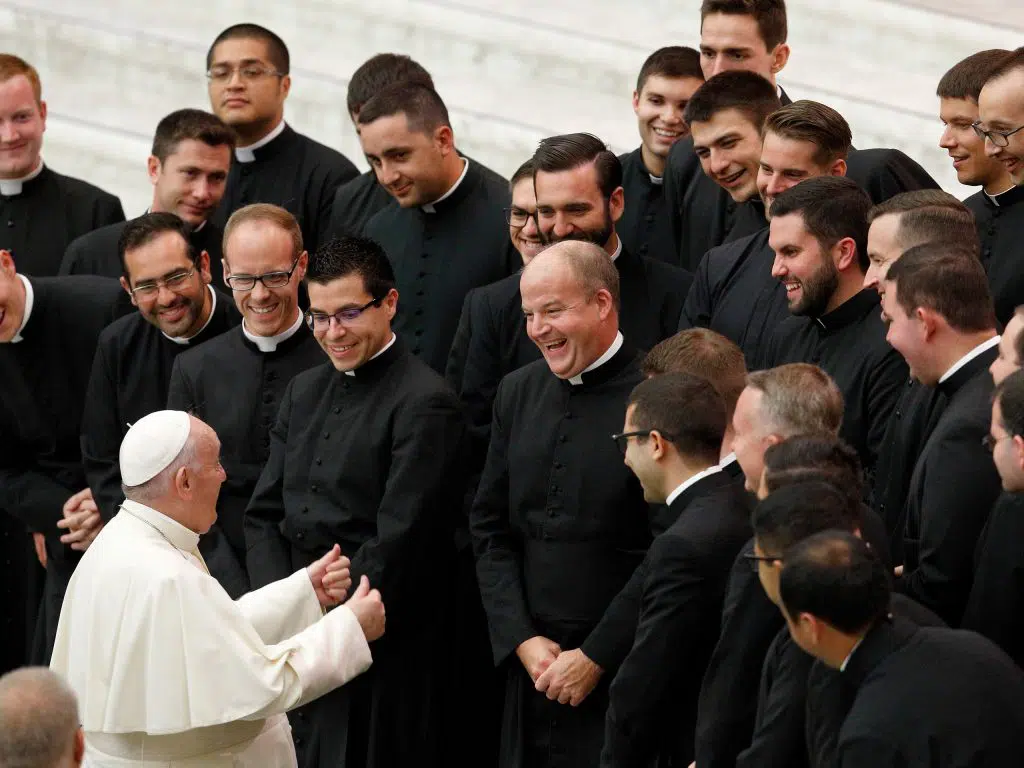Q: Being elderly, I attend a good number of funerals. I am surprised at the number of cremations. When did the church start allowing cremation? (Alexandria)
A: Since the earliest times of the church, Christians traditionally have buried the bodies of the faithful departed, in contrast to pagans who normally cremated. As professed in the creed, we believe that at the end of time, Our Lord Jesus will come in glory to judge the living and the dead, and a glorified, resurrected body will be reunited with the souls of the faithful departed. However, the church has permitted cremation in cases of necessity, like times of war or plague, but prohibited it for anyone who wanted to be cremated as a denial of the resurrection of the body (a problem especially in the 19th century).
With the rise of cremation in recent times, the Code of Canon Law (1983) stipulated, “The Church earnestly recommends that the pious custom of burying the bodies of the dead be observed; it does not, however, forbid cremation unless it has been chosen for reasons (that) are contrary to Christian teaching” (No. 1176, 3). Therefore, a person may choose to be cremated if he has the right intention, i.e., that is he is not destroying his body to show he does not believe in the resurrection of the dead.
As a priest, I believe that the entire Catholic funeral liturgy – the vigil service, the funeral Mass and the rite of committal and burial – offers to us a great reminder of our faith and aids in our healing during a time of loss. The regular liturgical prayers and actions are designed to honor the body. Moreover, the body best reminds us of that person who entered a new life at baptism, becoming a “temple of the Lord”; was anointed at confirmation; was nourished with the holy Eucharist; and has now gone, we hope and pray, to the fulfillment of that life and eternal rest. The death of someone we love always is hard to face; nevertheless, we find comfort when we gather as a faith community in the presence of Our Lord and the body of the deceased and offer that loved one back to God. Unfortunately, on more than one occasion, I have dealt with families who have had the deceased loved one cremated, and later regretted the action, even feeling great guilt. I always recommend for people who want to be cremated or want to have their deceased loved one cremated that they do so after the funeral Mass and then inter the remains properly.
Q: My mother is from a country in South America, and she wants to be cremated and have her ashes spread over a lake. Is this allowed? (Sterling)
A: In a word, No. In 1997, the National Conference of Catholic Bishops with the approval of the Congregation for the Divine Worship and the Discipline of the Sacraments issued the following instruction, entitled “Reflections on the Body, Cremation and Catholic Funeral Rites,” which was incorporated into the Order of Christian Funerals: “The cremated remains of a body should be treated with the same respect given to the human body from which they come. This includes the use of a worthy vessel to contain the ashes, the manner in which they are carried, the care and attention to appropriate placement and transport, and the final disposition. The cremated remains should be buried in a grave or entombed in a mausoleum or columbarium. The practice of scattering cremated remains on the sea, from the air, or on the ground, or keeping cremated remains in the home of a relative or friend of the deceased are not the reverent disposition that the Church requires. Whenever possible, appropriate means for recording with dignity the memory of the deceased should be adopted, such as a plaque or stone that records the name of the deceased” (No. 417).
Therefore, regarding the question at hand, the urn containing the ashes may be sunk into the lake, like a burial at sea, but not scattered.
Q: Instead of being buried … with the body (feet/head) facing east, as we have been told – Jesus will come from the East to raise us up on the last day – the grave sites (at our cemetery) are all positioned to the west. … This is the first Catholic cemetery I have ever seen of burials to the west. My understanding is only the priest or bishops can be buried facing the west, as a symbol of still attending “their flock.” Is this an aberration of Catholic burial? (Amissville)
A: The present Code of Canon Law makes no regulation regarding burial except, “If a parish has its own cemetery, the faithful departed are to be interred in it unless another cemetery has been legitimately chosen either by the departed person or by those who are responsible to arrange for his or her interment” (No. 1180.1).
The only indication of “facing east” was in the Roman Ritual of 1950, prescribing the placement of the corpse during the funeral Mass: “The coffin is then set in the middle of the church, placed so that the feet (unless the deceased is a priest) of the corpse are toward the main altar; in the case of a priest, the head is placed toward the altar” (No. 4). Presuming the church was built with the altar facing east, then the corpse would be facing east. This practice may be the reason for particular parishes burying the deceased with the head facing east.
Questions may be sent to Fr. Saunders, pastor of Our Lady of Hope Church in Potomac Falls, at [email protected] or Our Lady of Hope Church, 46639 Algonkian Pkwy., Potomac Falls, VA 20165


Christ commands us to love